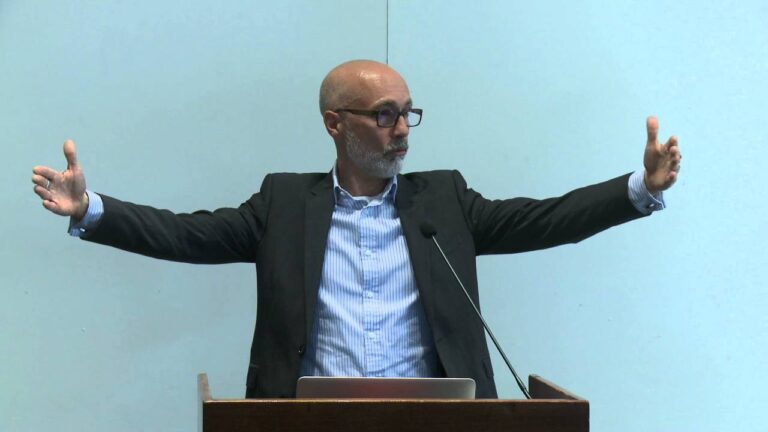
Lecture date: 2016-04-28
The Republic of Albania is a small, beautiful country in south-eastern Europe, with a population of about 3 million people. Its capital city Tirana is home to under one million citizens. From 1944 to 1991, the country was a socialist republic, established under the dictatorship of Enver Hoxha. Today, Albania is in the “waiting room” for the European Union, with the democratic Prime Minister Edi Rama, a 47 year old professor of fine art. The mayor of Tirana, the capital city, is 34 year old Erion Veliaj. Under this dynamic and youthful leadership, the capital and the country face the challenges and joys of emergence from a command polity to a democratic society and mixed economy.
According to the World Bank, Albania has one of the most unequal healthcare systems in Europe and Asia. A recent report points to a “Cash and Carry” system – where patients pay for healthcare at the point of delivery – as resulting in greatly diminished confidence in medical provision. The report states that “Albanians spend in total 750 million Euros a year for health treatment…the state only pays 40% of this amount for treatment in state hospitals, whereas 60% is paid by the citizens themselves.This ranks Albania fifth in Europe and Central Asia…after Azerbaijan, Tajikistan, Georgia and Armenia. The average of the European Union is 17%…”
Following a series of successful engagements with PM Edi Rama, Mayor Erion Veliaj, ministers and senior medics in London and Tirana, the AA is delighted to host this symposium. The event will bring together eminent architects, scientists, doctors, politicians, artists, economists and financiers from UK, Europe and Albania to discuss the role of architecture, science and the arts as catalysts for public health and urban regeneration in Albania.This is an important discussion, not only for politicians and medics, but for all involved in the different scales of designing the built environment.
Urban renaissance has been identified by PM Edi Rama as a key factor to the successful transformation of the Albanian economy. This view is supported by Albanian politicians of all parties and inspiration has been sought from architects locally and internationally. Increasingly strategies for public health, environmental degradation and medical provision are recognised as key factors in successful regeneration programmes in Albania. Design for resilient and sustainable health infrastructure involves a multiplicity of actors, collaborating across disciplines of medicine, science and architecture with a collective sensibility infused with the poetry of visual arts.
Ghana National Hospitals Programme: An Exemplary Case Study
Jonathan Darke RIBA, TP Bennets Architects
Spectrum of Health: Micro to Macro – Azhar RIBA, Architect
Cultural Conversations & Agency for Positive Change – Vanessa Norwood, AA Head of Exhibitions
Pollution, Air Quality & Environmental Health – Amy Sidworthy, Cambridge Environmental Research Consultants
Albania’s Economy: Challenges and Opportunities – Dame Frances Cairncross DBE, Economist
Healthcare: A Catalyst for Albania’s Economic Transformation
– Erion Veliaj, Mayor of Tirana
source